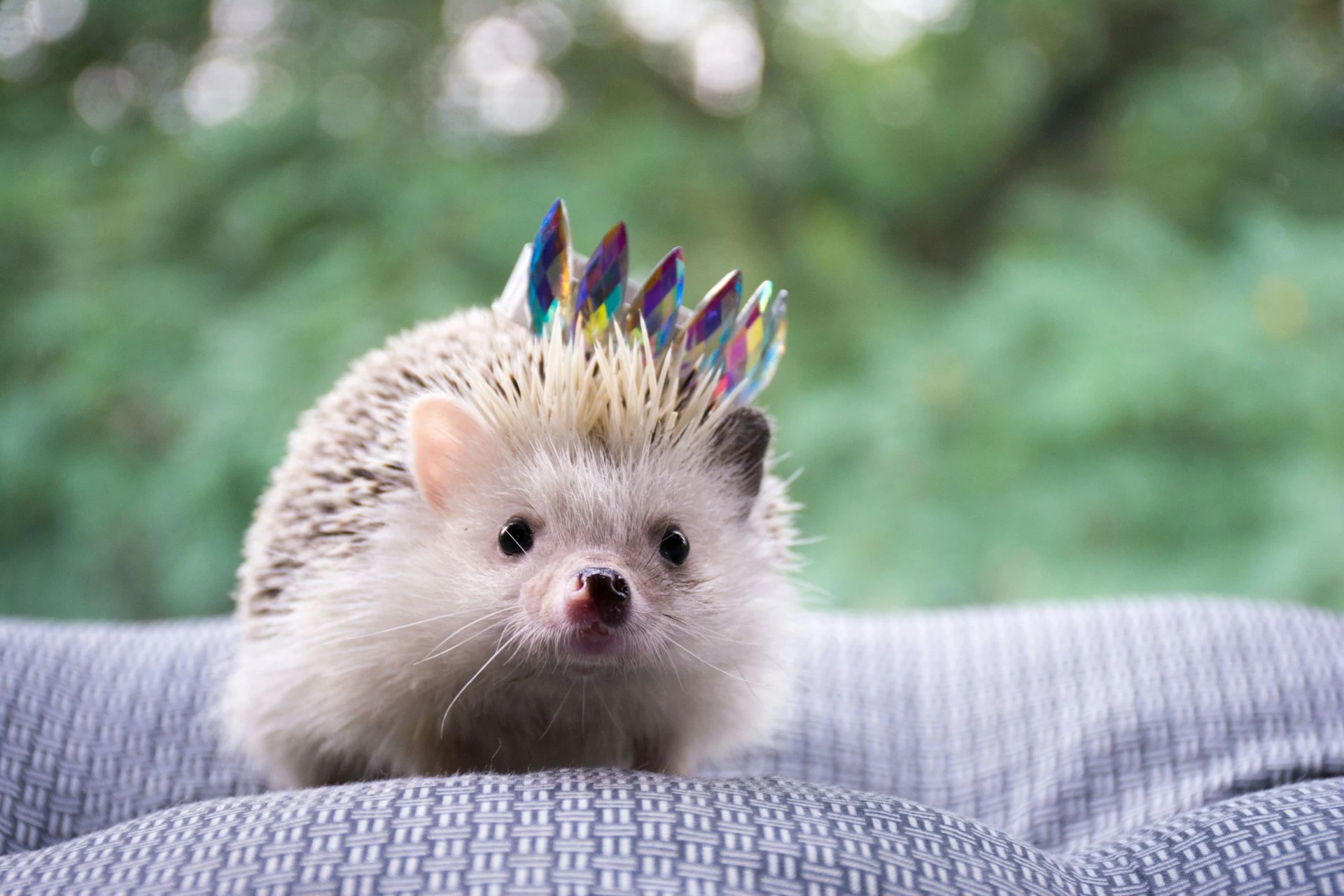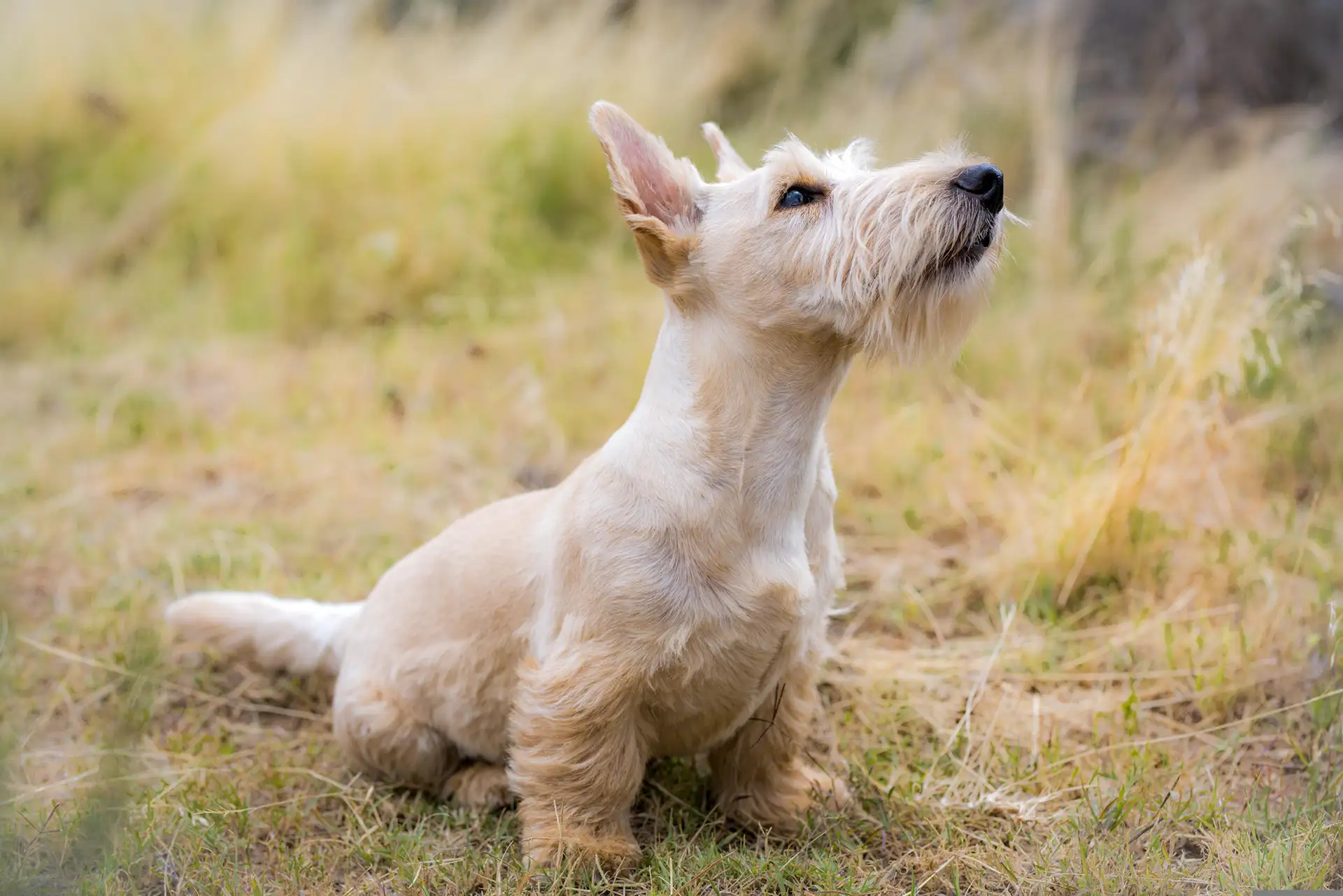Bearded dragons are among the most popular pet lizards, known for their docile nature and distinctive appearance. This article unveils 12 fascinating facts about bearded dragons that highlight their unique behaviors and physiological traits. From their ability to change color for thermoregulation to their wave-like arm gestures as a form of communication, bearded dragons display a complexity that can intrigue both reptile enthusiasts and casual observers alike. We’ll explore how these creatures survive in their native arid environments of Australia, what they eat, and how they interact with their surroundings. Whether you’re considering adopting one or simply curious about their world, these insights will deepen your appreciation for these captivating reptiles. Dive into the intriguing world of bearded dragons and discover why they capture the hearts of pet owners worldwide.
Bearded dragons are one of the most popular reptile pets in the world, but did you know that there is a lot about thi lizard that most people don’t know? Read on as a vet shares some fun facts about bearded dragons.
Bearded Dragons Make for Great Pets
Bearded dragons are one of the most popular reptiles in the world, and for good reason. They’re adorable!
They’re also very easy to take care of—they don’t need to be fed live food, they don’t require a lot of space, and they can live happily in groups with other bearded dragons. If you’re looking to improve your care routine or set new goals as a reptile owner, read our article on resolutions for reptile owners.
Bearded Dragons – 12 Fun Facts
Despite their popularity, there’s much you might not know about bearded dragons. Here are some intriguing facts about bearded dragons we’ve uncovered over the years:
- Bearded dragons are native to Australia.
- Bearded dragons have been around since the time of dinosaurs!
- The name “bearded dragon” comes from their beard-like spines on their chin. These spines are used as a defense mechanism—when threatened or attacked by predators, bearded dragons will puff up and display these spines to scare off potential attackers.
- When bearded dragons are born, they’re about the size of your pinky finger nail.
- Bearded dragons are capable of swimming! They can hold their breath for up to two minutes at a time.
- Bearded dragons have amazing vision and hearing—they can see in color, and can even see things that are moving behind them by using their “parietal eye” (a small gap in their skull).
- Bearded dragons are omnivores—they eat both plants and meat! Their favorite foods include fruit (think apples), kale, collard greens, dandelions (yum!), carrots, cucumbers… and more!
- Bearded dragons are very sociable creatures—they enjoy being around other bearded dragons and will often live together in groups. When it comes to facts about bearded dragons, their social nature is a standout characteristic, making them unique among reptiles.
- Bearded dragons are one of only two species of lizards that can actually change color! -Bearded dragons are a perfect pet for kids! They’re fun, friendly and easy to care for.
- Bearded dragons are very social—they enjoy spending time with their human friends. Bearded dragons have a very special relationship with their owners. They are often affectionate and will often nuzzle into the hand of the person who cares for them.
- Bearded dragons are omnivores—they eat both plants and meat! Their favorite foods include fruit (think apples), kale, collard greens, dandelions (yum!), carrots, cucumbers…and more!
- Bearded dragons are one of only two species of lizards that can actually change color!
2025 Facts About Bearded Dragons: Unique Traits & Adaptations
What is unique about their spine structure?
Bearded dragons possess a distinctive spine structure that serves as a natural defense mechanism. When threatened, these reptiles can inflate their bodies and display the spiny projections along their chins and throats, which resemble a beard. This physical response is designed to intimidate predators by making the dragon appear larger and more formidable. This adaptation is not only unique among many lizards but also crucial for their survival in their native Australian habitats.
How do bearded dragons breathe, and what positions are problematic for them?
Bearded dragons breathe through their lungs, similar to other terrestrial animals. However, their respiratory health can be compromised if they are kept in improper positions. Particularly, when these reptiles are placed on their backs, they struggle to breathe effectively. This position can cause stress and potential respiratory issues, as their body structure is not designed to support efficient breathing in this manner. Ensuring bearded dragons are positioned upright or on a stable, flat surface can help prevent respiratory distress and maintain their overall well-being.
What is the bearded dragon’s third eye and what is its function?
The bearded dragon’s third eye is technically known as the parietal eye, located on the top of their head. It is not used for detailed vision but serves a crucial role in sensing changes in light and dark, helping these reptiles regulate their circadian rhythms and detect predators from above. This light-sensitive organ is less about forming images and more about survival, alerting the bearded dragon to movements and shifts in their overhead environment, enhancing their ability to remain safe from aerial threats.
Are bearded dragons venomous, and is it dangerous to humans?
Bearded dragons produce a mild venom that is not harmful to humans. This venom is used primarily for subduing small prey in the wild. In terms of human interaction, there are no significant health risks associated with handling bearded dragons. While their venom is technically a form of venom, it lacks the potency to cause any adverse effects in humans. This makes bearded dragons a safe choice as pets, even for families with children. The biggest concerns when keeping them relate more to proper care and habitat maintenance than to any threat from venom.
Why are bearded dragons illegal in Hawaii?
Bearded dragons are illegal in Hawaii primarily to protect the local ecosystem. As non-native species, they pose a significant threat if they were to escape and establish a population in the wild. Hawaii’s unique environment is particularly vulnerable to invasive species, which can disrupt local wildlife and plant communities. Introducing bearded dragons could lead to competition with native species for resources and potentially introduce diseases to which local wildlife have no immunity. This prohibition helps preserve Hawaii’s biodiversity and ecological balance.
If you have more questions or wish to schedule your “dragon” for a checkup, call our vet office in Live Oak, FL anytime! For comprehensive wellness checks and vaccinations tailored to your bearded dragon, visit our vet wellness and pet vaccinations service page.



